Pero's Bridge
This pedestrian footbridge honors Pero Jones, an enslaved African who lived in Bristol.
Pero’s Bridge is undoubtedly one of the most surprising and, at the same time, functional monuments in the center of Bristol. Its shapes are unmistakable and its appeal is subtle but real.
This distinctive pedestrian footbridge in Bristol, England, holds cultural and historical significance. Completed in 1999, the bridge was named in honor of Pero Jones, an enslaved African who lived in the city during the 18th century.
The bridge, which connects the harborside with the city center was designed by artist Eilis O’Connell and structural engineer Ove Arup, Pero’s Bridge is characterized by its unique, swirling forms. The bridge features a pair of horn-like sculptures, colloquially known as “horns of plenty,” which serve as both functional support structures and artistic elements.
The creation of Pero’s Bridge was part of a larger urban regeneration initiative in Bristol, aimed at revitalizing the waterfront and enhancing the city’s public spaces. The decision to name the bridge after Jones was a deliberate choice to acknowledge Bristol’s historical connections to the transatlantic slave trade and to commemorate those who suffered during that era.
Therefore, Pero’s Bridge stands as a symbol of Bristol’s commitment to inclusivity, acknowledging its complex past while embracing a more diverse and inclusive future. The bridge’s artistic design and historical resonance make it a prominent landmark and a testament to the city’s ongoing efforts to reconcile with its past.
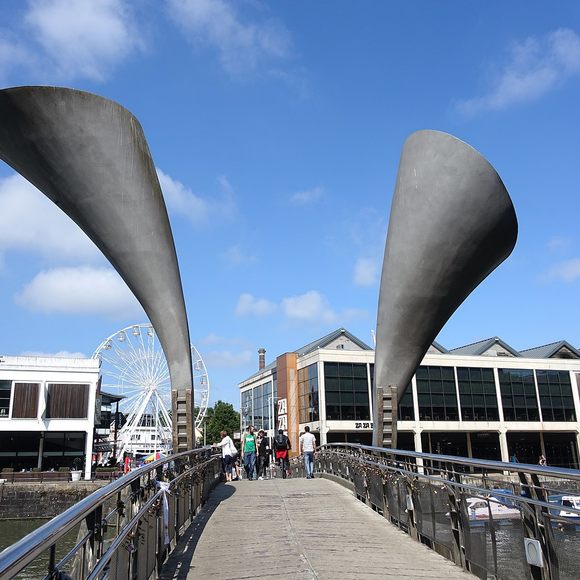




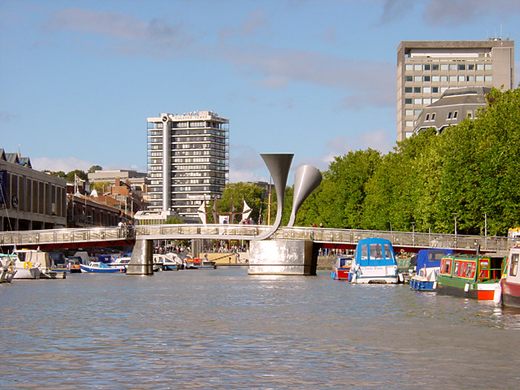


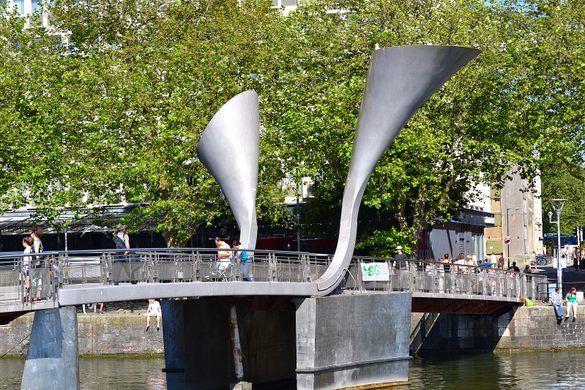



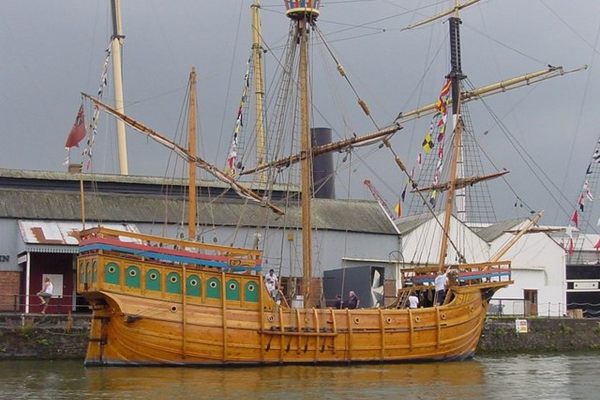

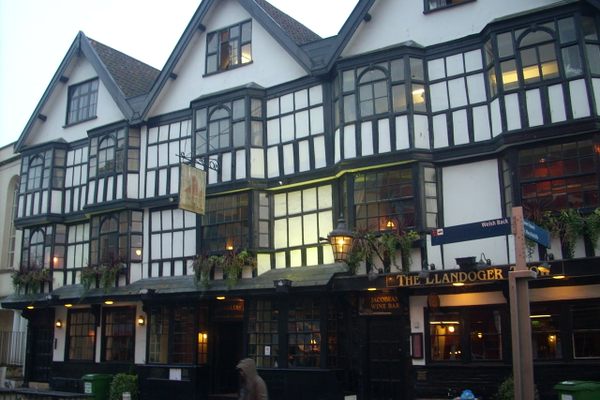
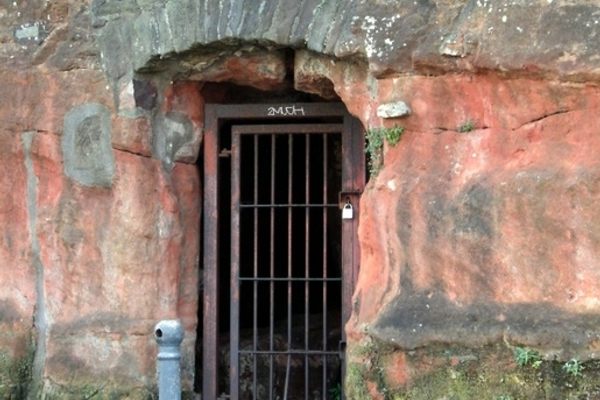
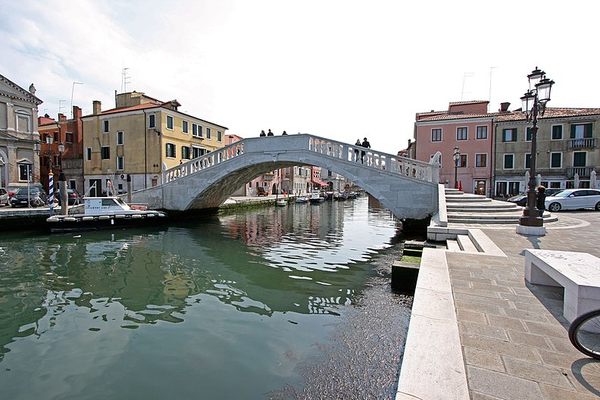

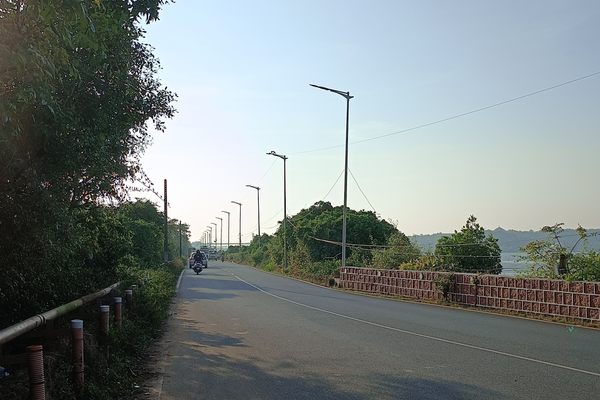


Follow us on Twitter to get the latest on the world's hidden wonders.
Like us on Facebook to get the latest on the world's hidden wonders.
Follow us on Twitter Like us on Facebook